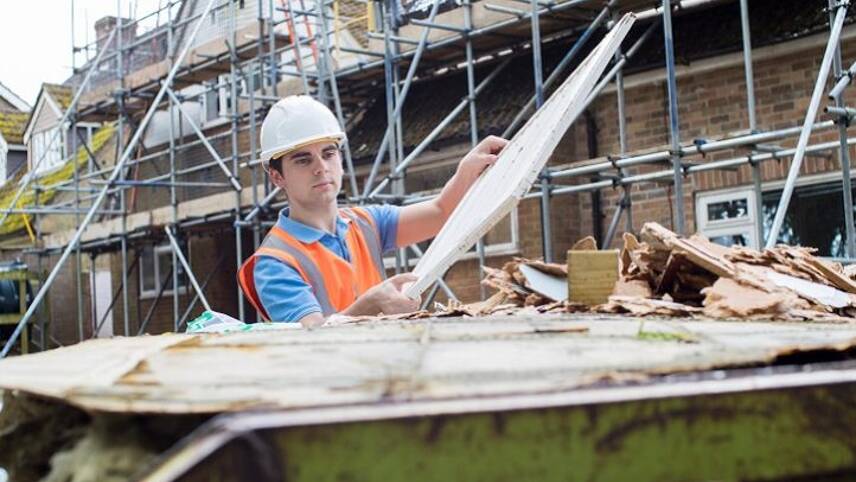Register for free and continue reading
Join our growing army of changemakers and get unlimited access to our premium content

The report is free to download for edie users
The UKGBC’s latest study, ‘How Circular Economy Principles can impact carbon and value‘ offers an explainer of how the industry can embrace circularity in a bid to reduce the lifecycle carbon of a project.
The study notes that while a global shortage and fluctuating costs of raw materials are driving more businesses to closed-loop alternatives, circularity can also bring in a wider range of organisational, social, environmental, and financial benefits.
One of the most notable benefits of circularity, the study found, was the carbon savings generated from materials. The study features numerous case studies that have demonstrated significant upfront embodied carbon savings through measures like reusing existing structures, facades and steel.
It builds on the Net Zero Whole Life Carbon Roadmap, published last year, that confirmed that a net-zero carbon built environment is achievable by 2050, provided more circular economy principles were introduced.
UKGBC’s Chief Executive, Julie Hirigoyen, said: “The circular economy represents an enormous opportunity for the built environment industry. Today’s research demonstrates that through the smart application of circular practices, significant carbon savings can be made across the entire lifecycle of a building, as well as delivering cost-benefits and providing opportunities to enhance social value.
“Whilst UKGBC’s Roadmap confirmed a net zero carbon built environment is achievable by 2050, it also confirmed that meeting this target will require a transformational shift in the way we approach and deliver construction projects, with circularity as an important part of the solution.”
A separate report released last year called upon businesses operating in the built environment sector to adopt a whole lifecycle approach to assessing emissions, finding that less than 1% of global building projects currently calculate and report on lifecycle emissions.
With the built environment responsible for around 40% of global emissions, the report cites research suggesting that the industry will need to reduce emissions by 50% by 2030 in order to be able to meet net-zero by 2050.
However, the report notes that most buildings do not currently undergo carbon footprint assessments across the whole life cycle, with the industry historically focusing on reducing operational energy usage.
The report found that as much as 50% of lifecycle carbon emissions from buildings come from embodied sources such as the manufacturing of materials and construction processes. As few as six materials, including concrete and steel, account for 70% of the construction-related embodied carbon, the report adds.
Indeed, the UKGBC report notes an “important gap in industry knowledge” on the reporting aspect of circularity. The study claims that measurements on the benefits of circularity in relation to emissions are “infrequent, inconsistent, and difficult” due to a lack of standardised metrics and measurement methods.
The study does also note that the industry is working to address this issue. This includes an upcoming update to the RICS Whole Life Carbon Assessment for the Built Environment and ongoing work by UKGBC members to identify a set of circular economy metrics.
The European Commission is also considering a new EU-wide requirement to measure the carbon emissions associated with construction materials throughout their whole lifecycle but is expected to stop short of regulating.


Please login or Register to leave a comment.